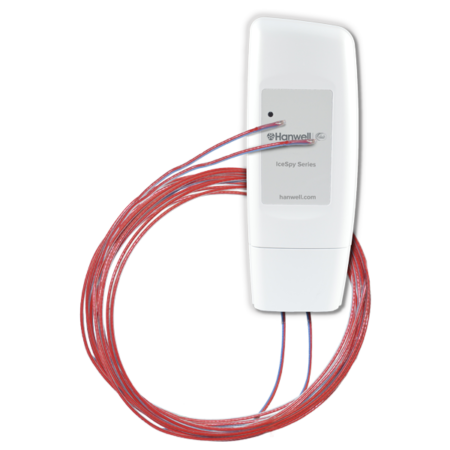Nitrogen Safety in Labs
Laboratories that need Liquid Nitrogen (LN2) Dewar’s for biological sample storage, should also be equipped with Oxygen sensors to protect staff from potentially fatal oxygen deficient environments.
Products that detect O2 should be carefully considered when lives are at risk. Understanding the speed of effects of Nitrogen exposure to humans will assist in choosing the right equipment for your staff.
Exposure to Nitrogen
If the lids on the storage dewars are left open or ajar for prolonged periods or a leak develops there is a risk of a build up of gas in the vicinity. The gas; Nitrogen is colourless, odourless and tasteless. This invisible gas is not only undetectable to staff, but occupies approximately 700 times the volume of the liquid, and creates an immediate threat to life.
Nitrogen is heavier than air, therefore will rise from the floor, rapidly displacing the oxygen within the room. Anyone unknowingly exposed to this atmosphere would become unconscious after only two short breaths.
Due to the dangerous working environments, laboratory technicians are required to follow strict guidelines set out by their organization.
Though guidelines are in place there have still been several cases around the world in recent years of laboratory technicians accidentally dying from this silent killer and companies go to great lengths to avoid staff fatalities.
Hanwell’s nitrogen safety solution
Wall mounted gas safety devices for monitoring oxygen and carbon dioxide are a cost-effective, quick and easy method to identify when conditions are becoming dangerous. When linked to alarm beacons immediate alerts can trigger staff to react and either remove themselves or others from potentially hazardous areas.
In this example, Hanwell’s monitoring equipment already logs environments from each LN2’s Dewar containing biological samples. The RL4000 wireless data logger uses highly accurate Type T Thermocouple probes provides independent and continuous logging to a centralized software.
Users of the equipment can simply combine hardwired oxygen depletion detection to create a comprehensive recording solution to multiple environmental conditions including O2 depletion.
The use of hardwired oxygen depletion sensors in this instance is critical due to the life-threatening working conditions. Wireless technology in these instances will not trigger the alarms in the seconds required to evacuate or correct dangerously effected areas. Hardwired solutions like this provides the operators with instant visibility of any threat with visual and audible indication. Repeater units are often placed outside the room to stop staff entering when the conditions are unsuitable.
Many companies want to monitor in their central software any excursions in Oxygen levels so that they have auditable records available. Therefore, once a hardwired oxygen depletion system is in place, wireless monitoring systems can be used to collect data from each area for auditable purposes too.
The oxygen depletion sensors chosen by Hanwell also have an analogue 4-20mA output that can be connected to a standard Hanwell wireless transmitter for the recording of the data into the central software.
Diagram key
- 4-20mA Hanwell 4000 series transmitter to transmit real time data from the O2 sensor to the central monitoring system, where data and alarm events will be recorded in the data base and any excursions recorded in the audit trail.
- Central display for O2 readings this unit also provides the 4-20mA data.
- O2 sensor up to 4 can be deployed per Central display (unit 2)
- Alarm for outside the door to alert those outside that it is not safe to enter the room (up to 4 alarm modules per Central display (unit 2).
Alerts
The O2 sensor is set by default to trigger low-going alarms at both 19.5% and 18% and high-going alarms at 23%. Settings can be changed by the user.
Warnings are announced by high-visibility strobe lights and high-volume sounders.
Mounting your O2 Sensors
O2 sensors should be mounted no higher than 1 meter from the floor to ensure that alarms trigger prior to further oxygen depletion to head level and not too low that they might trigger too often.

